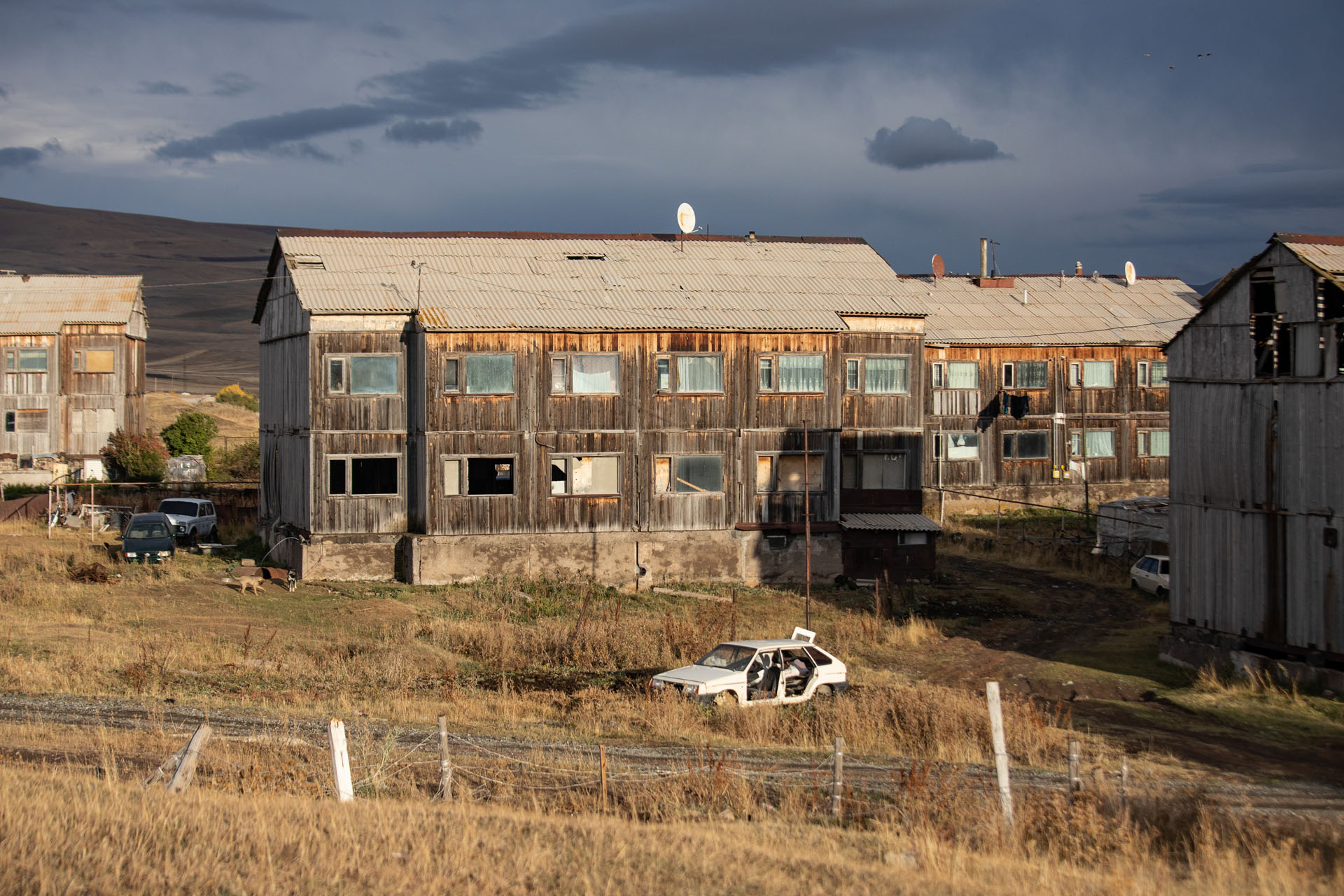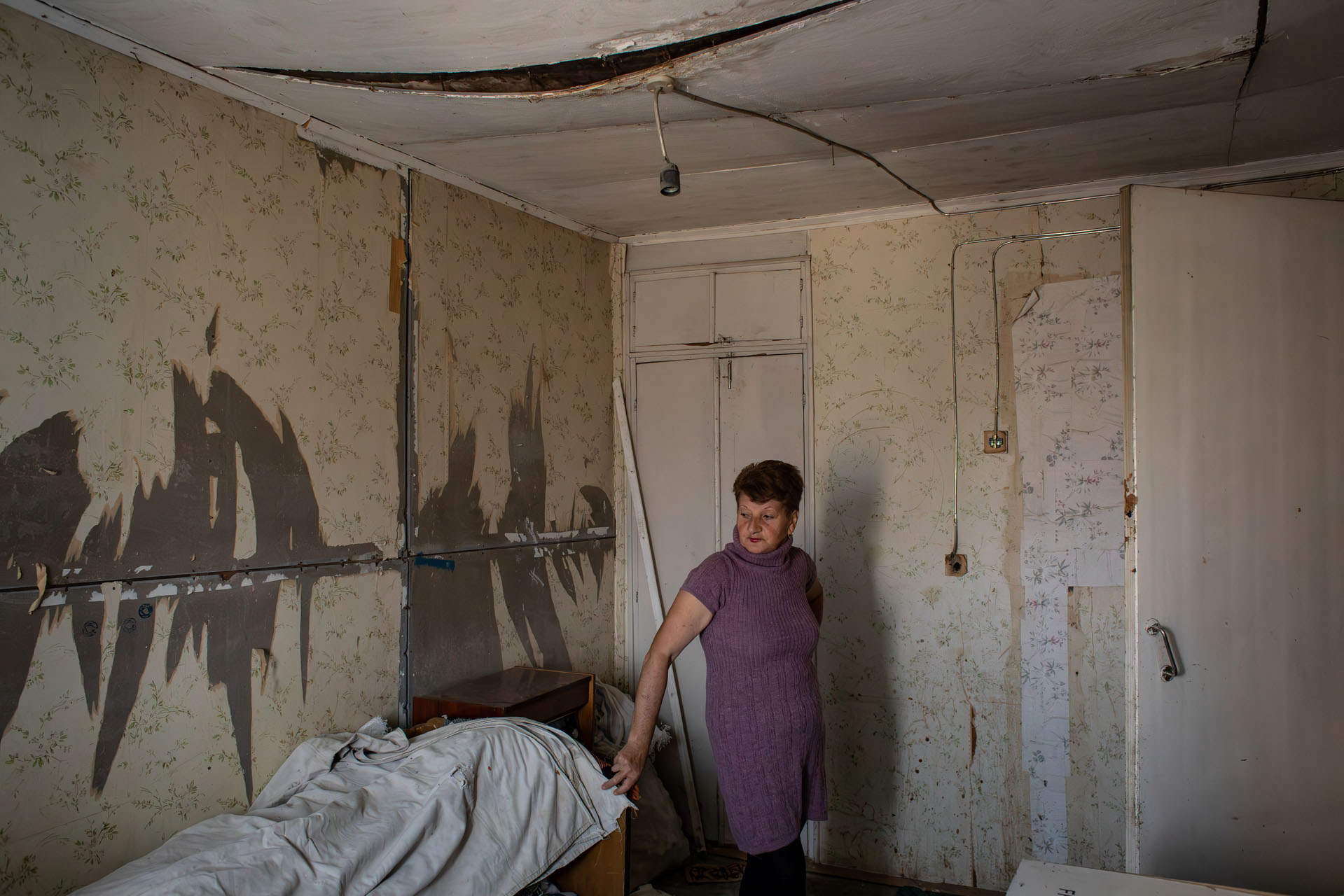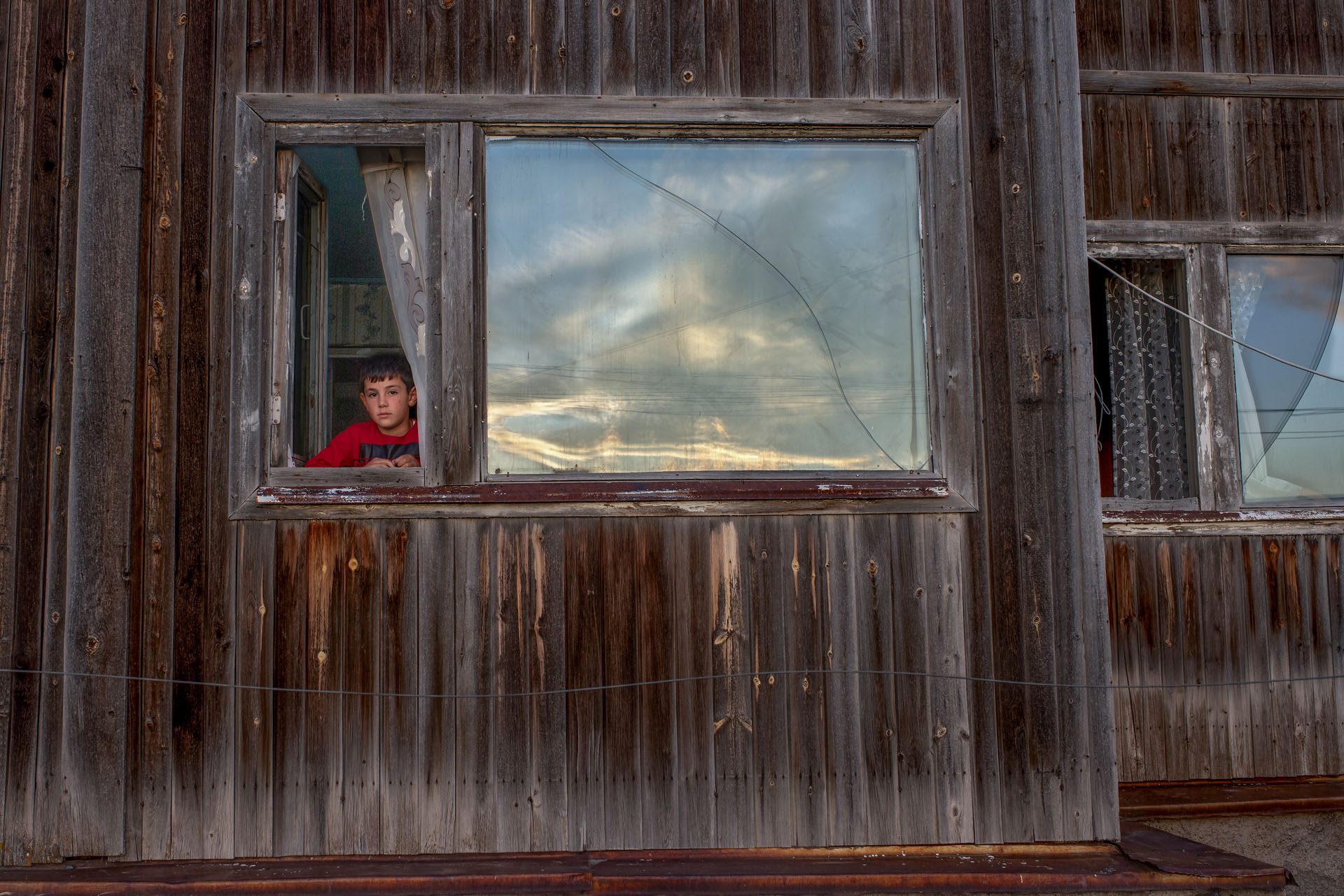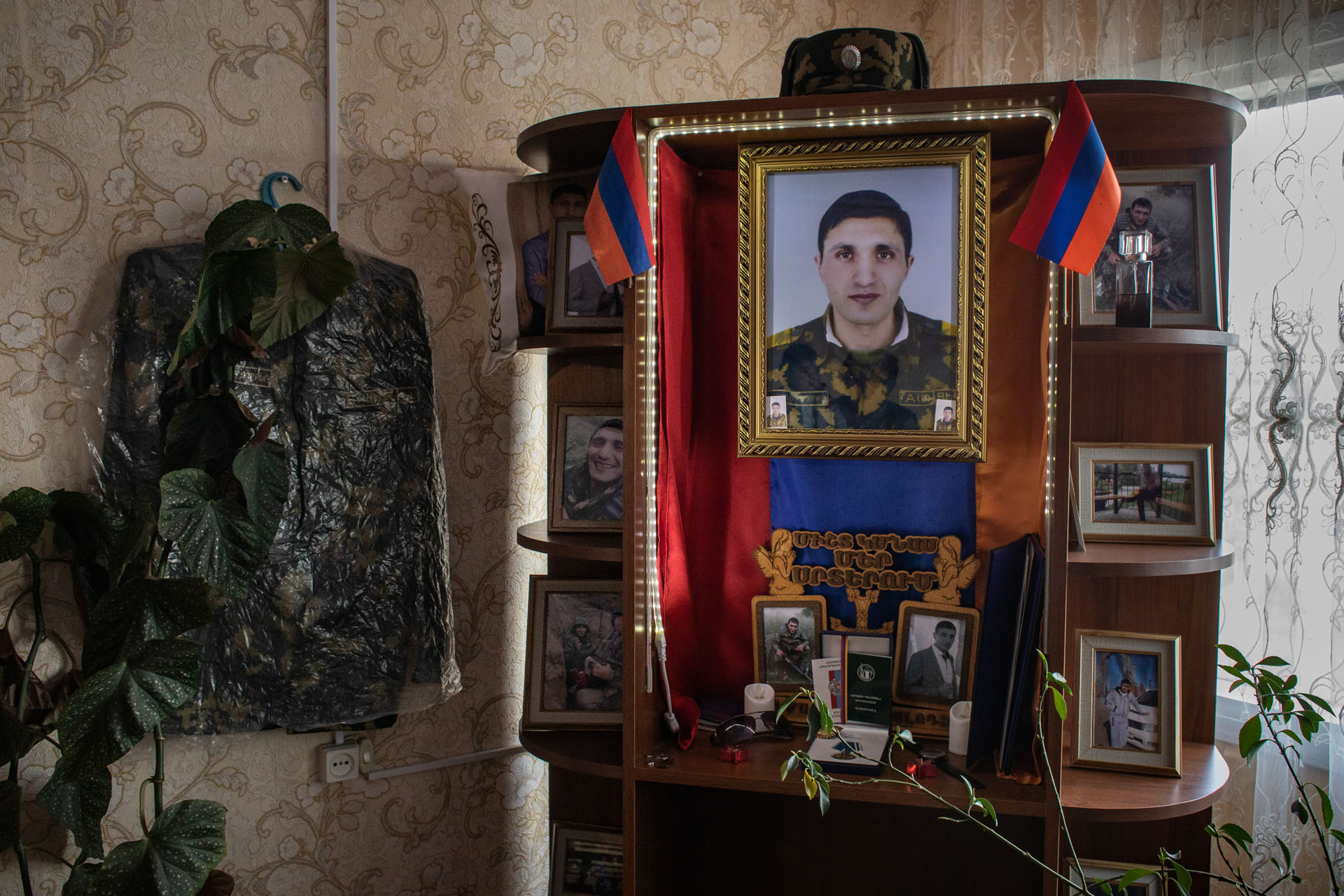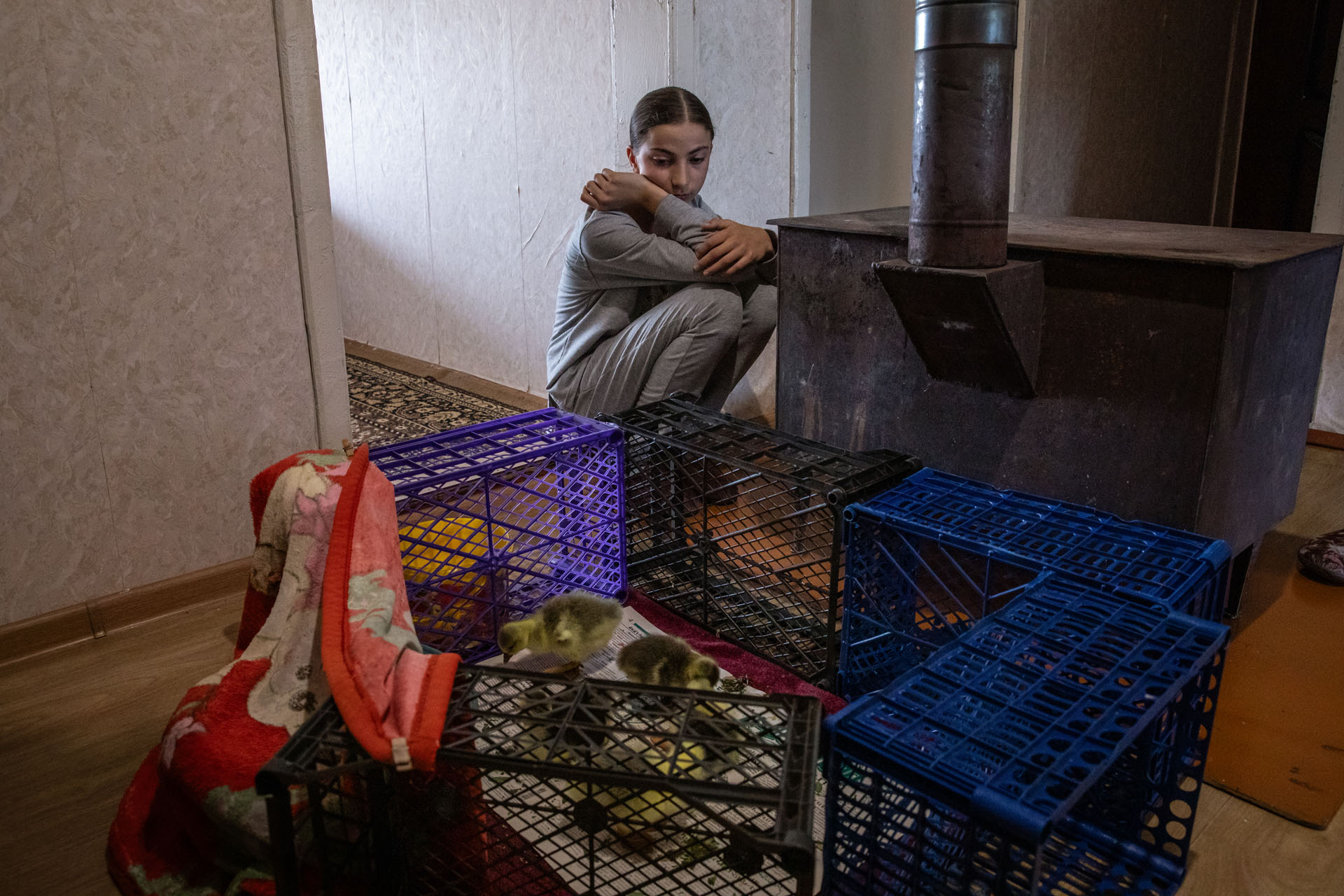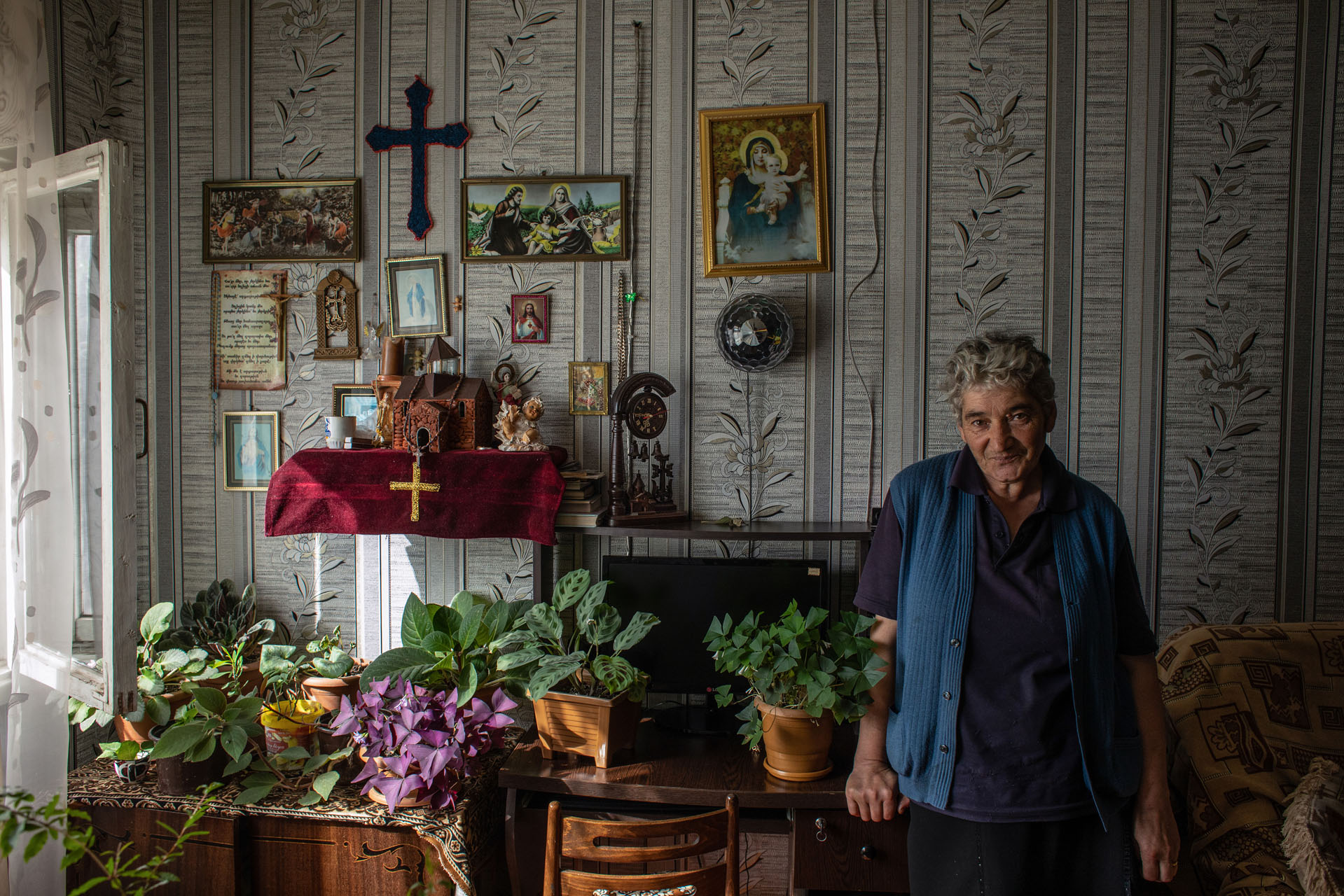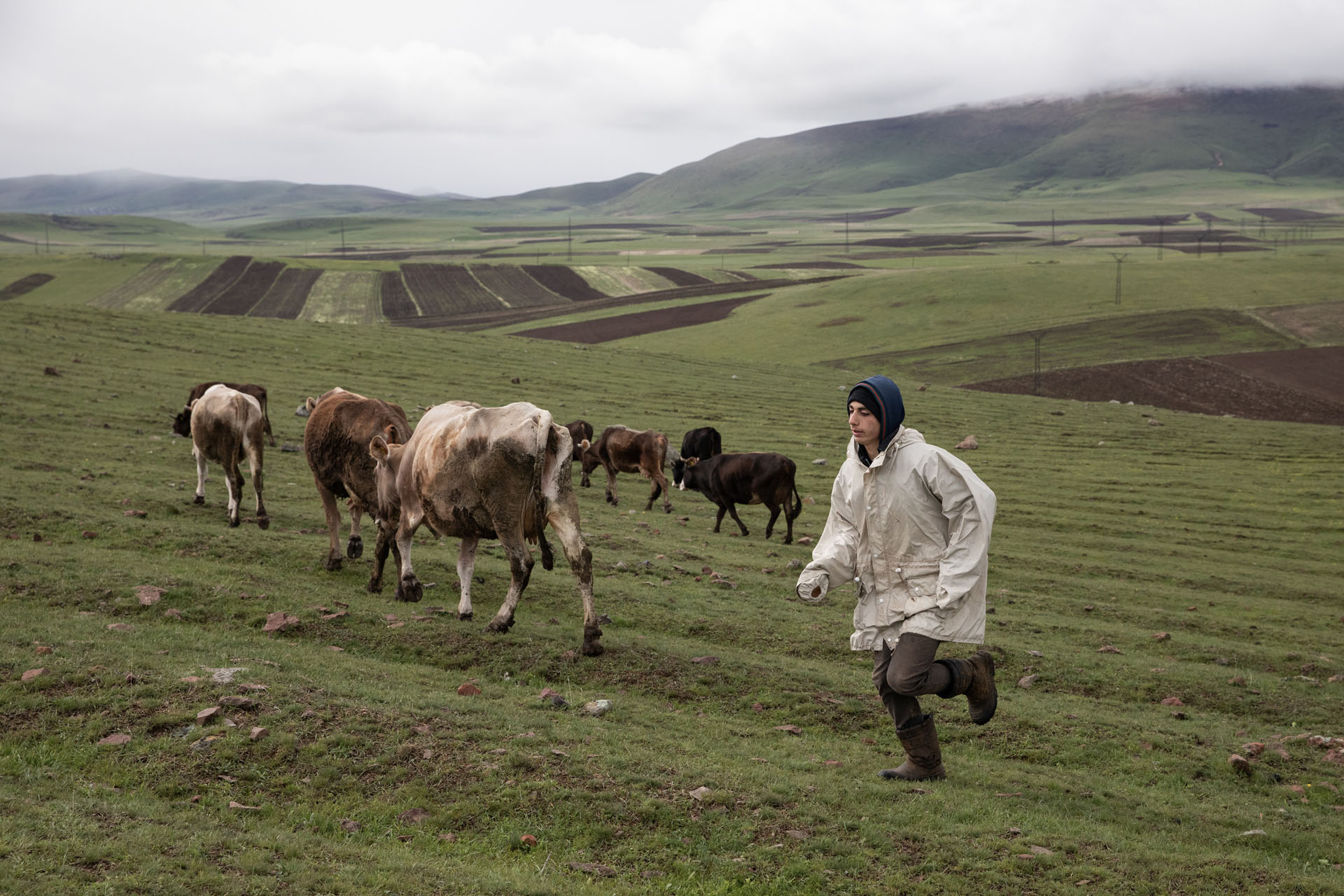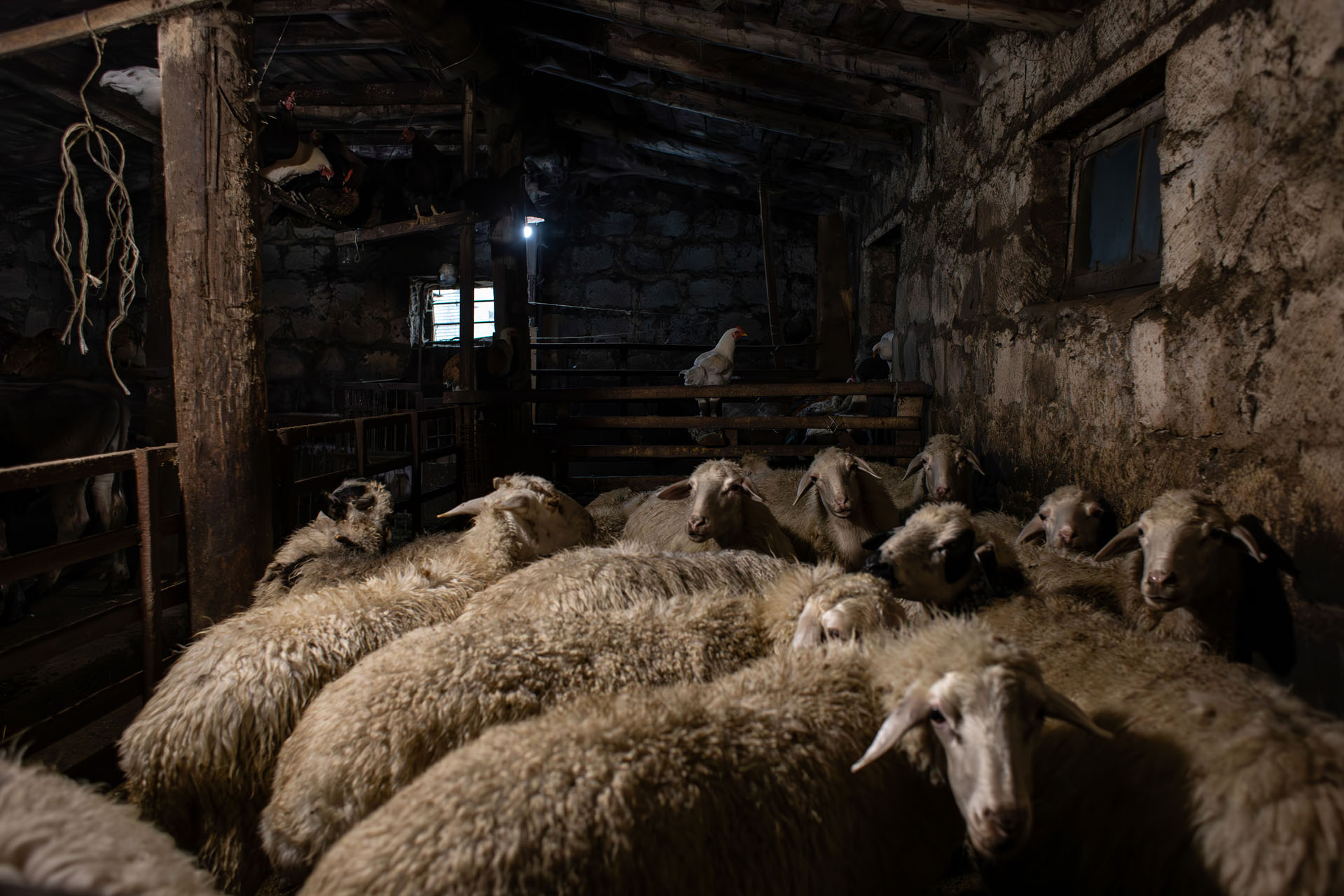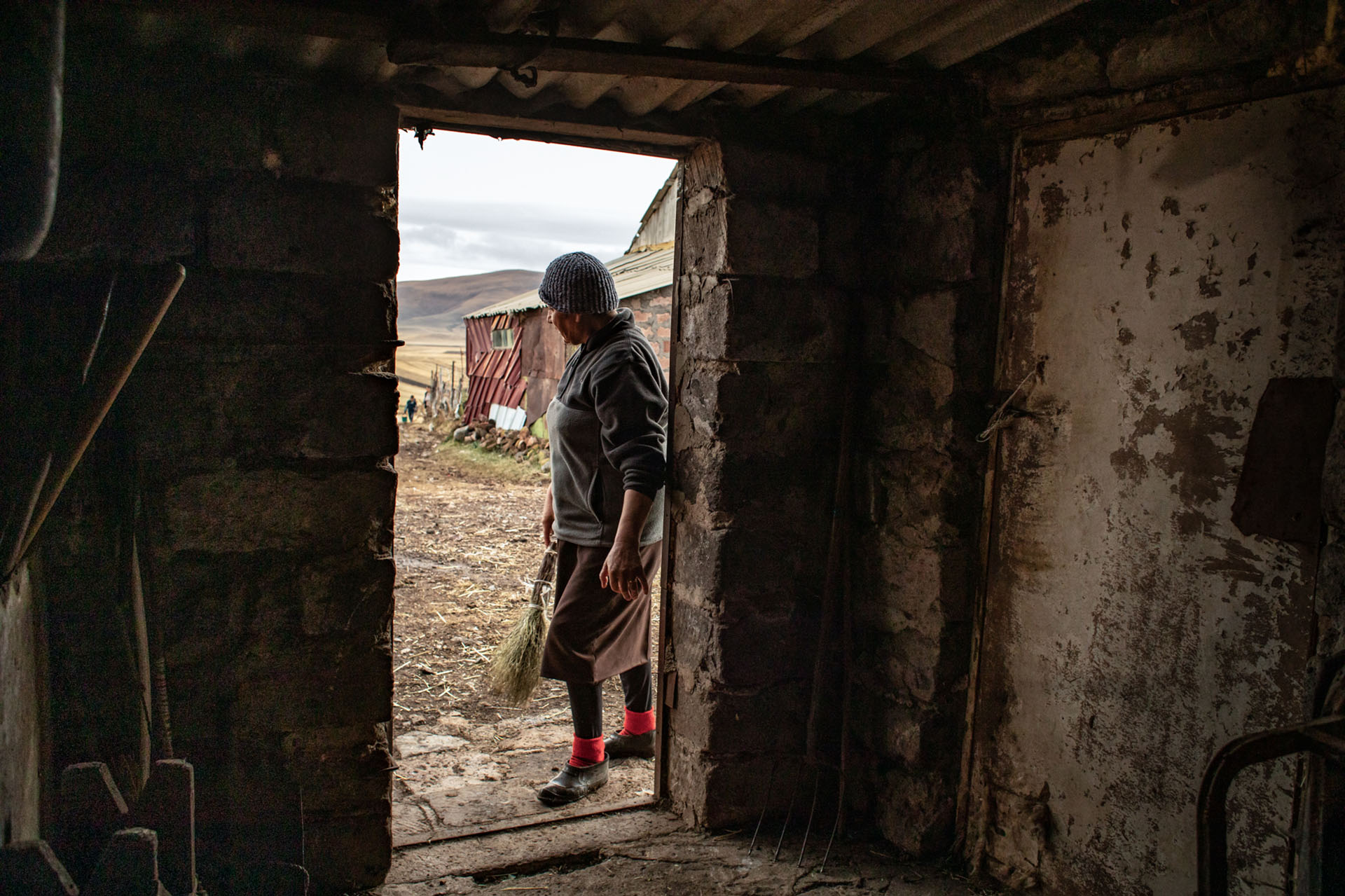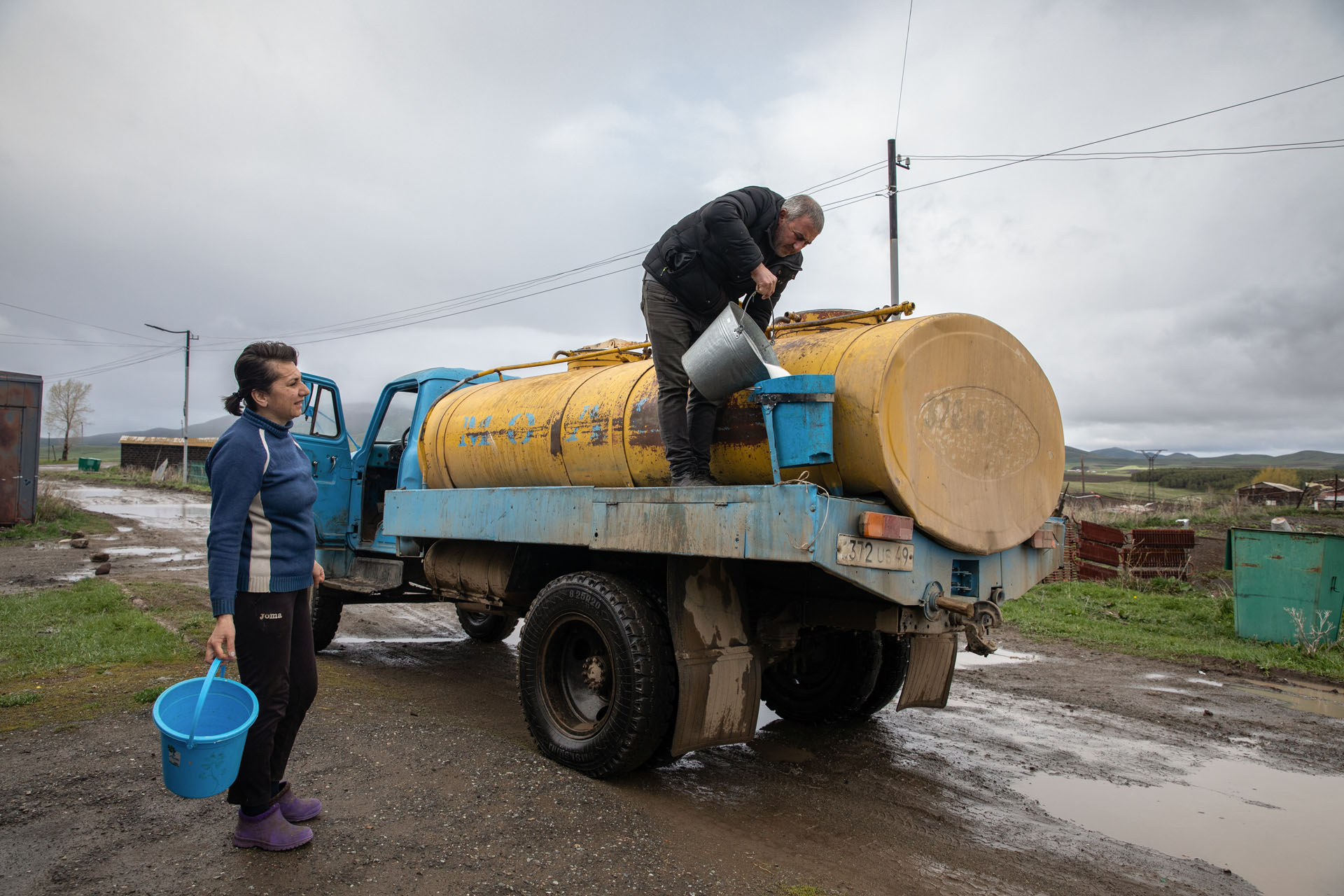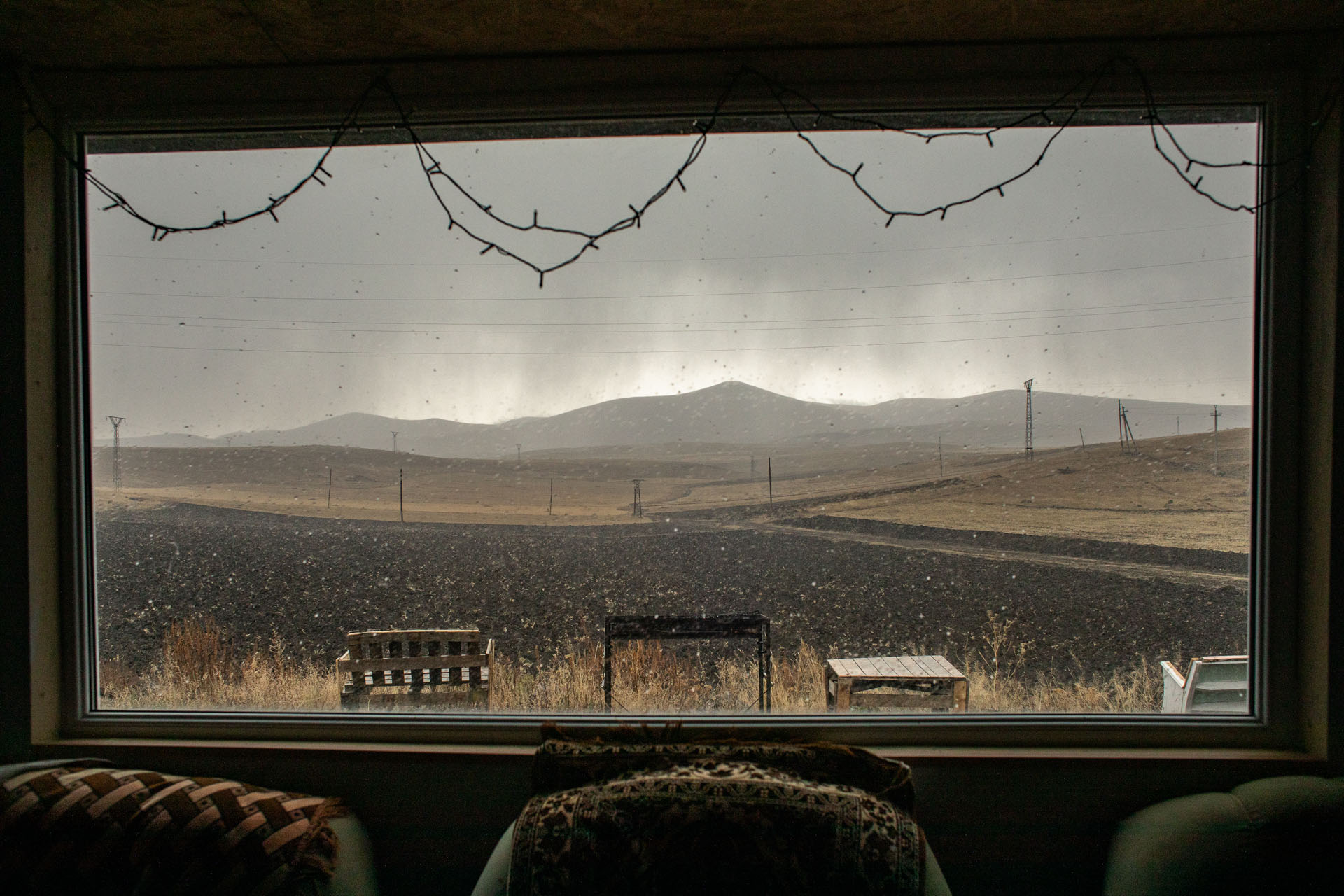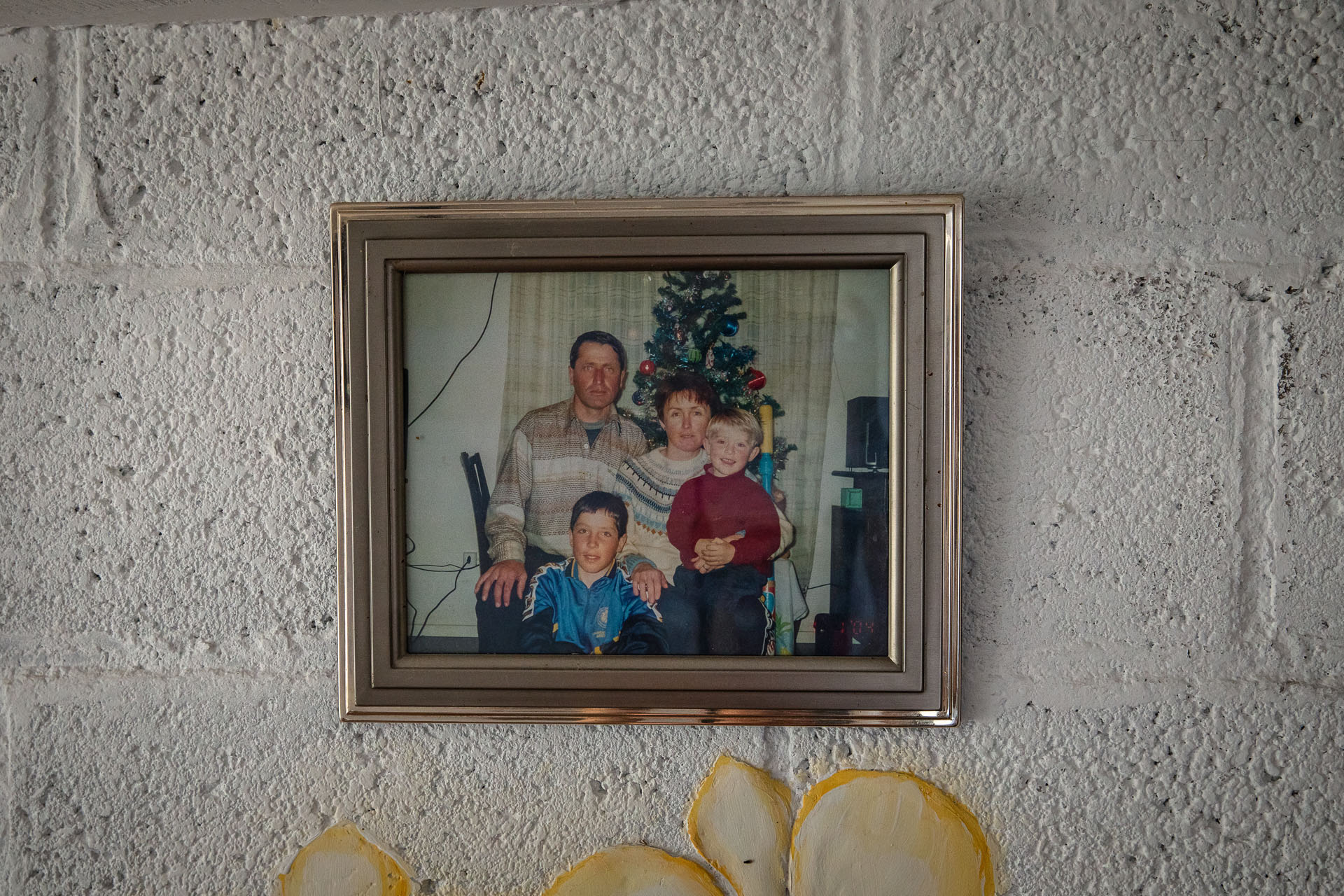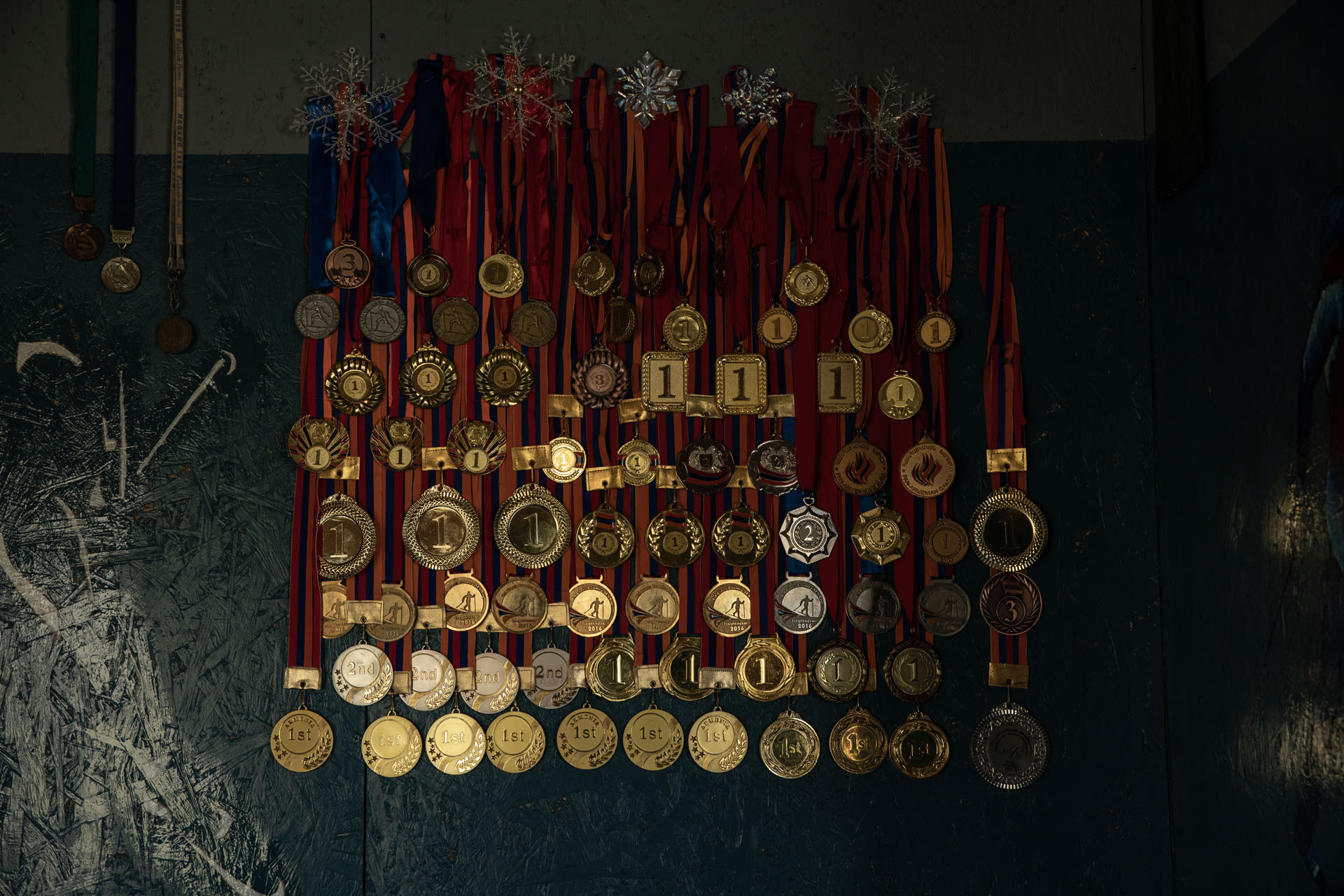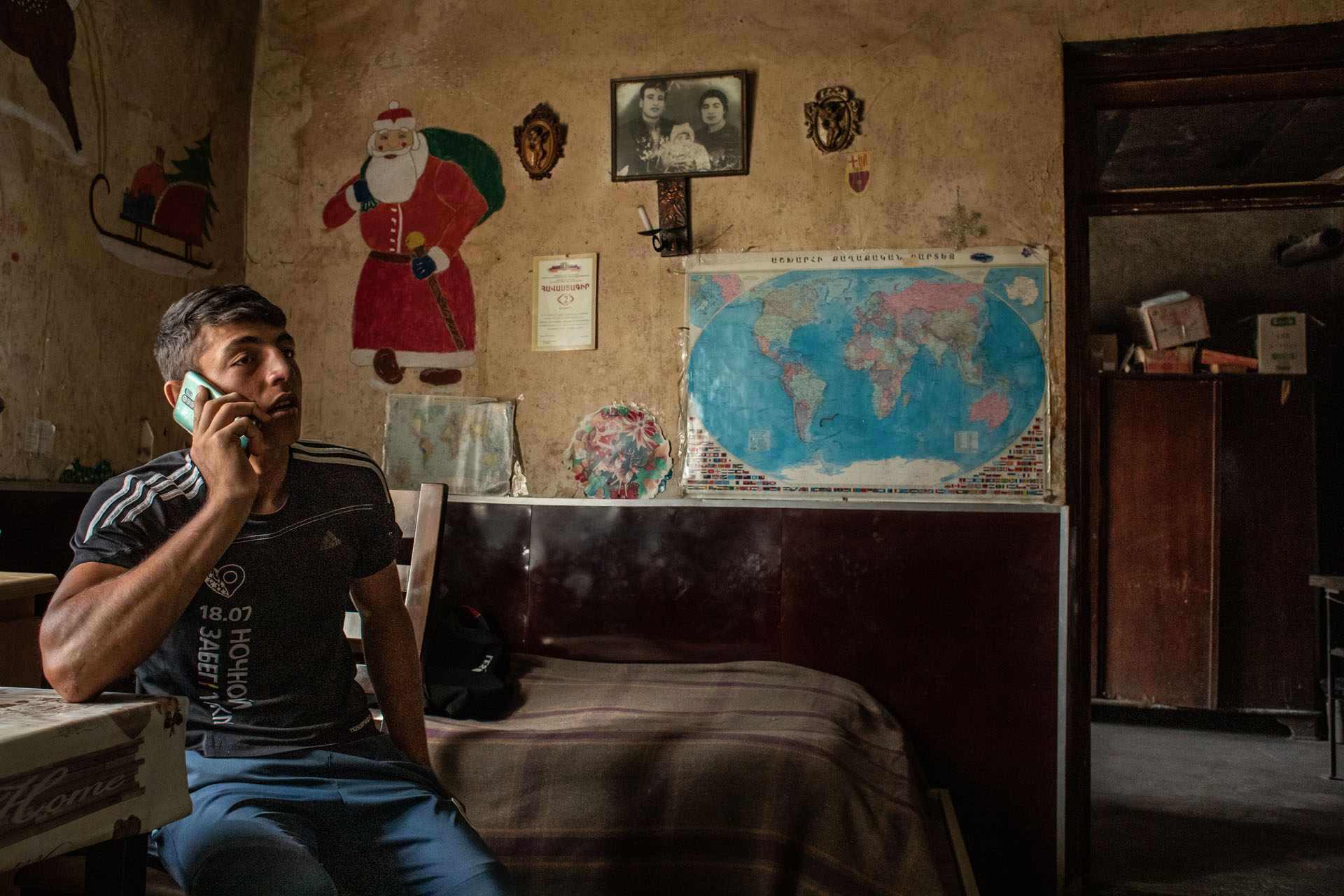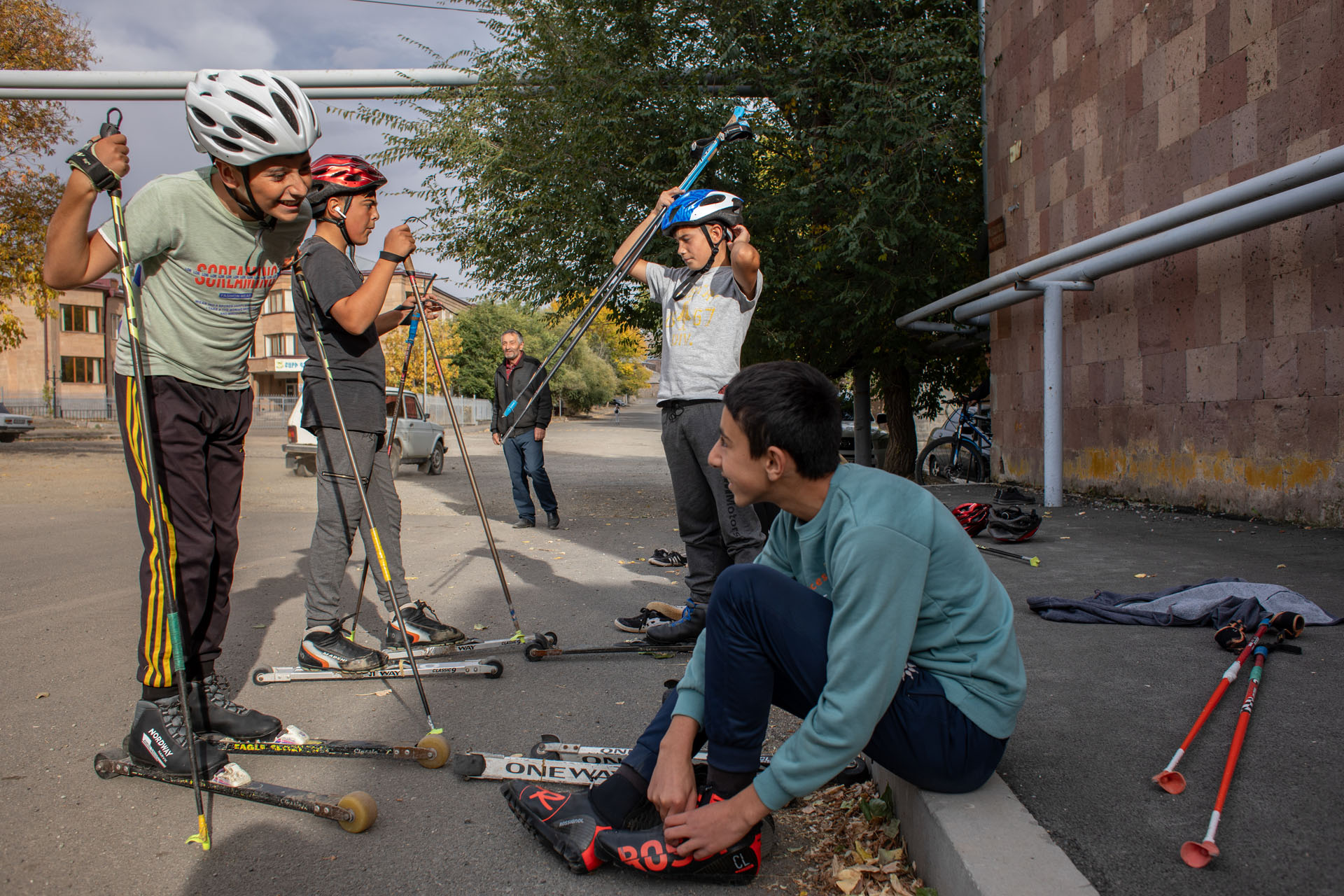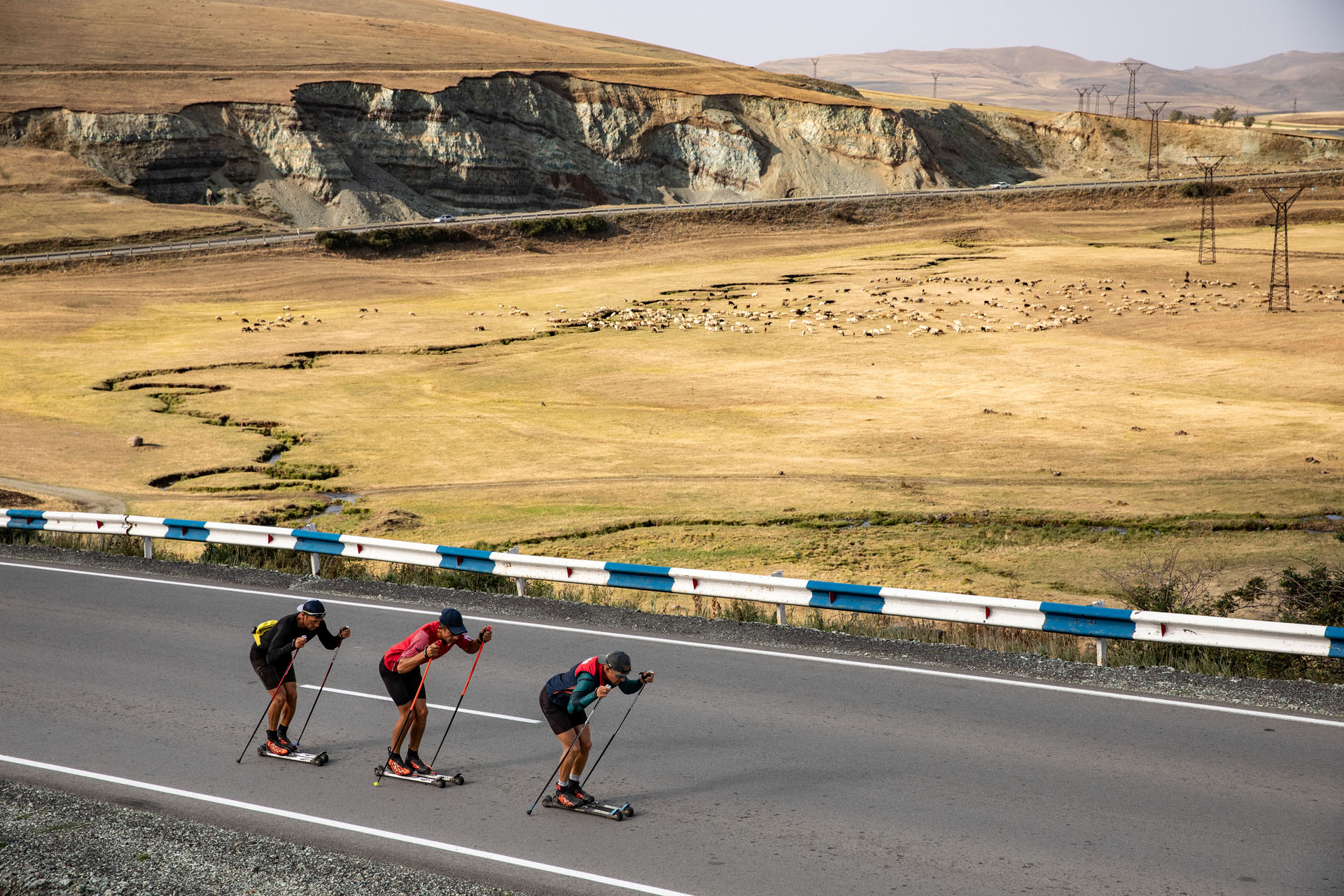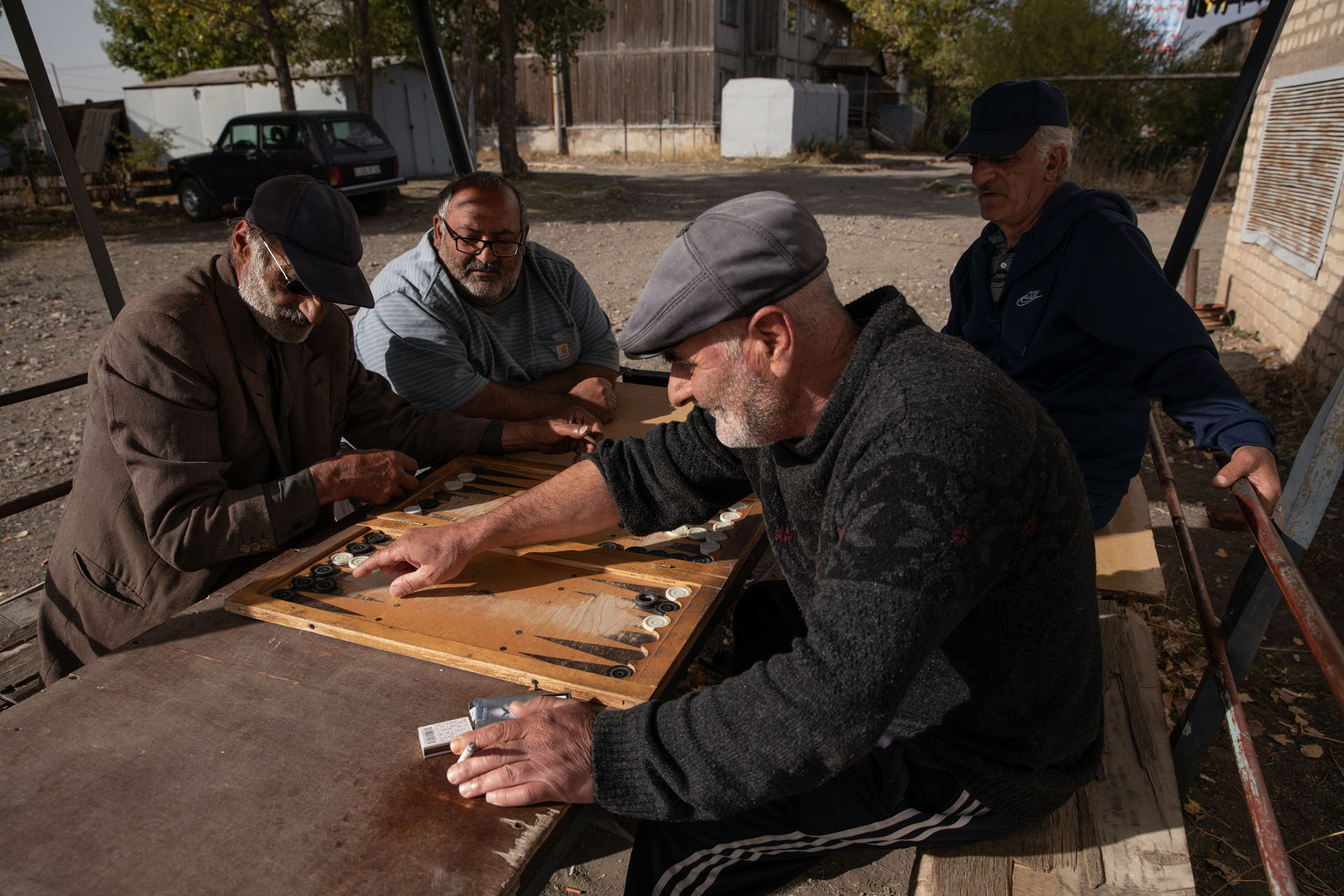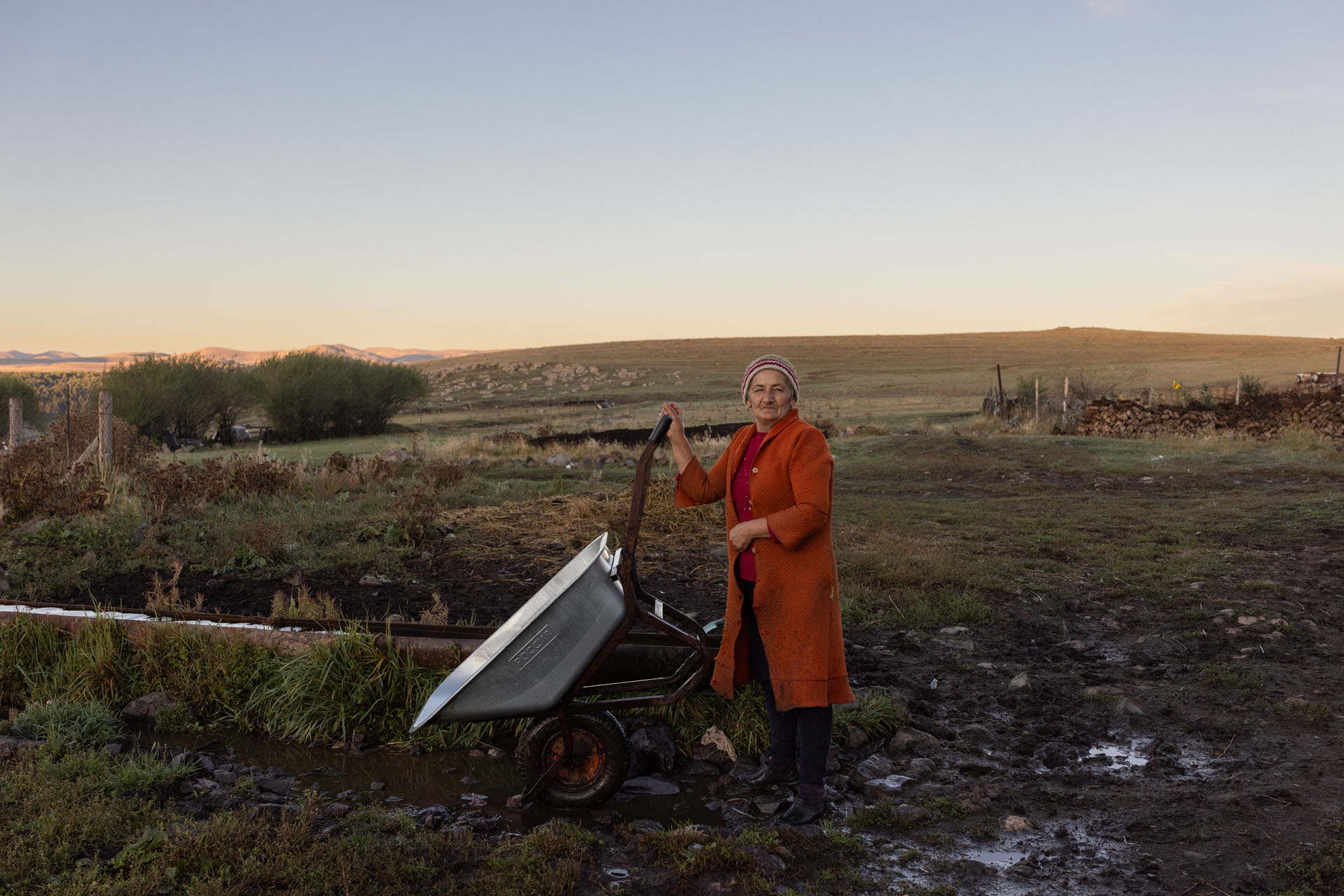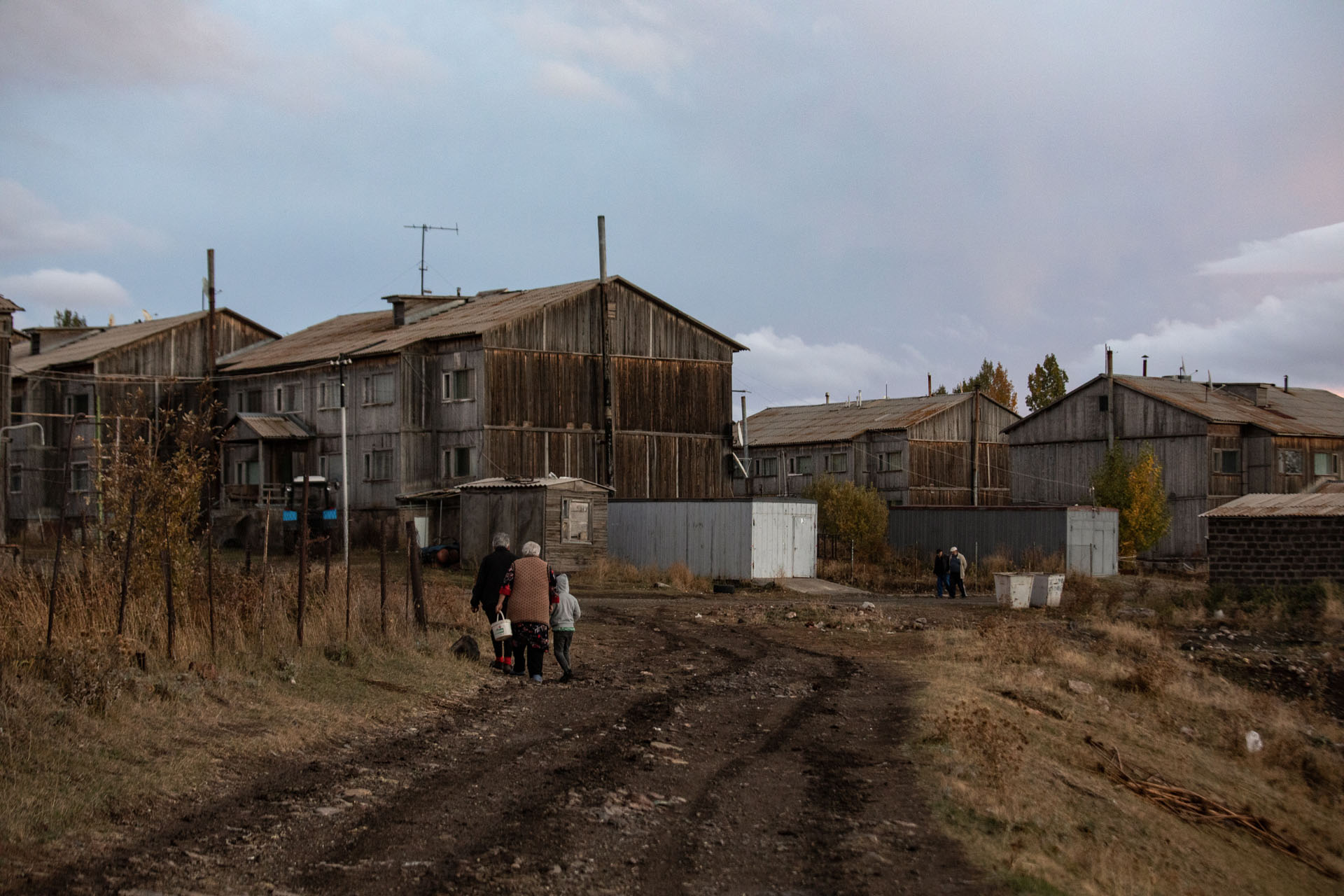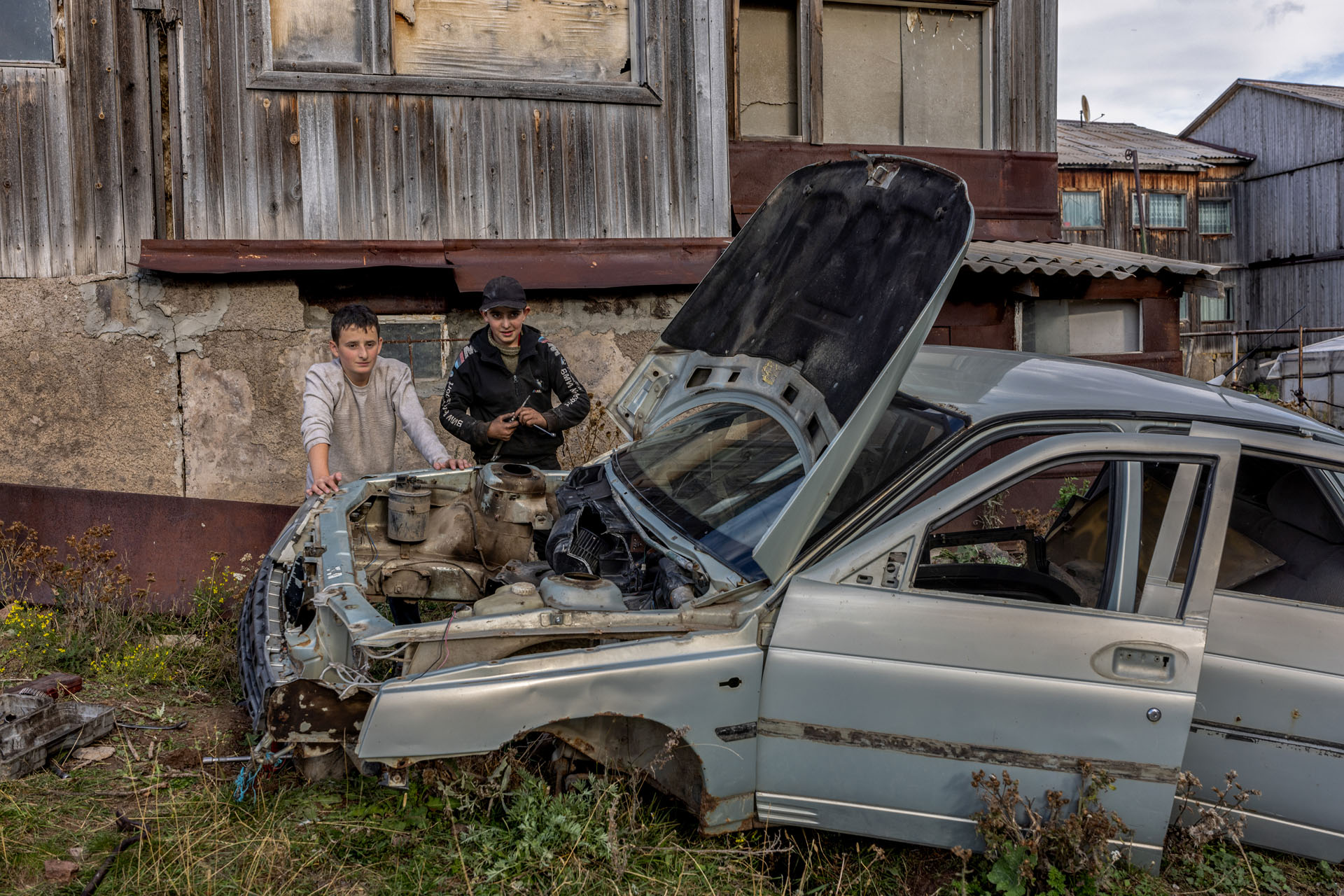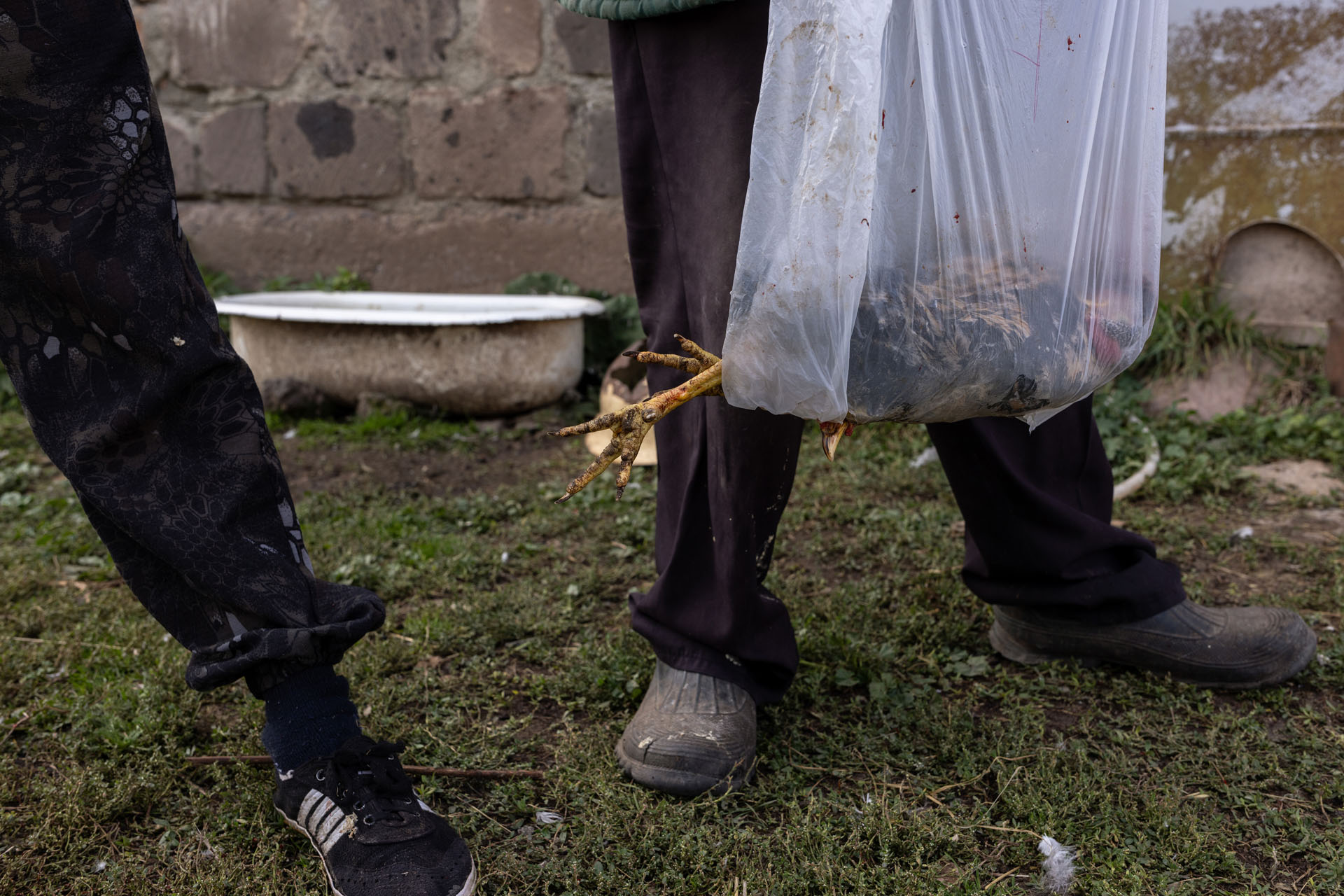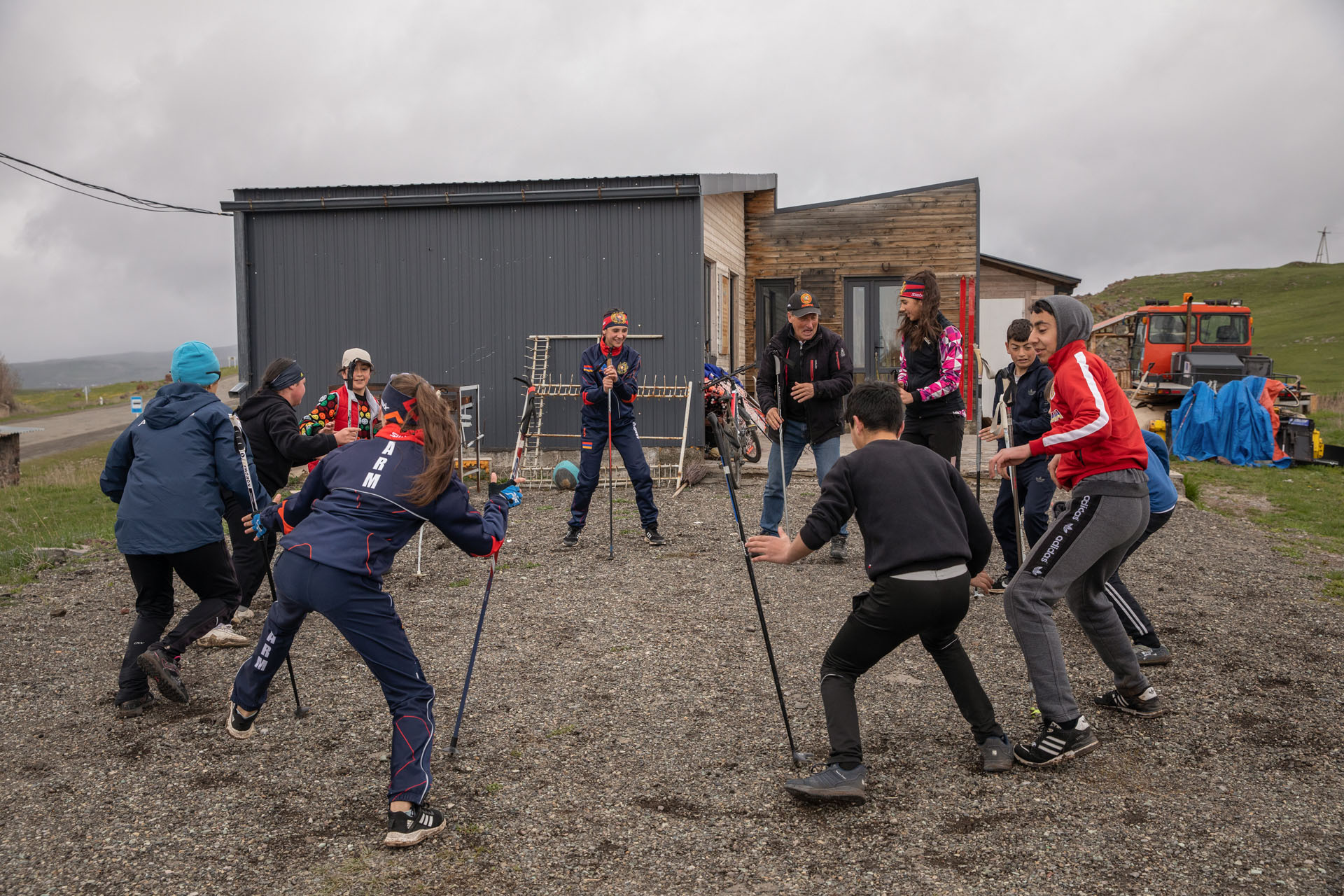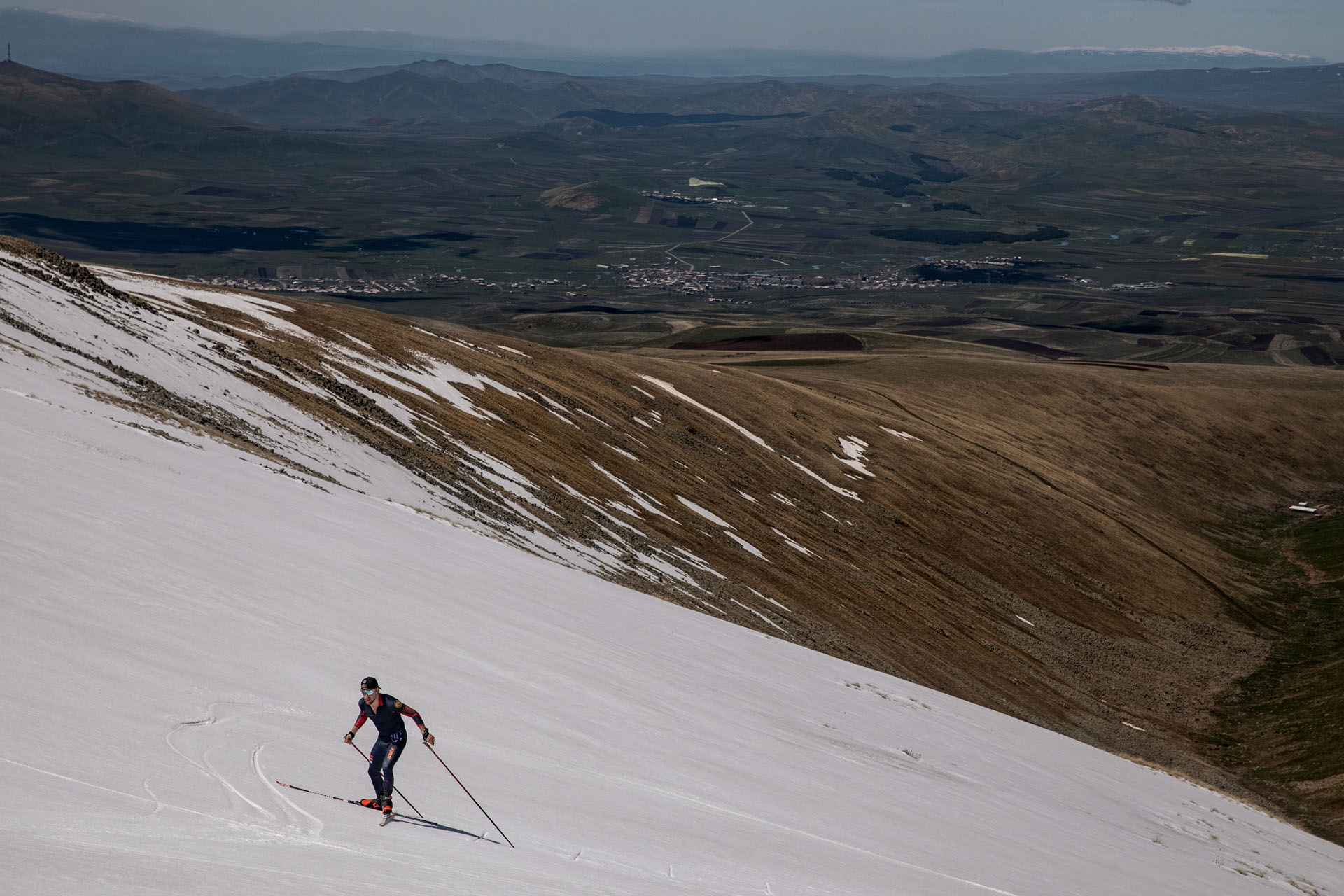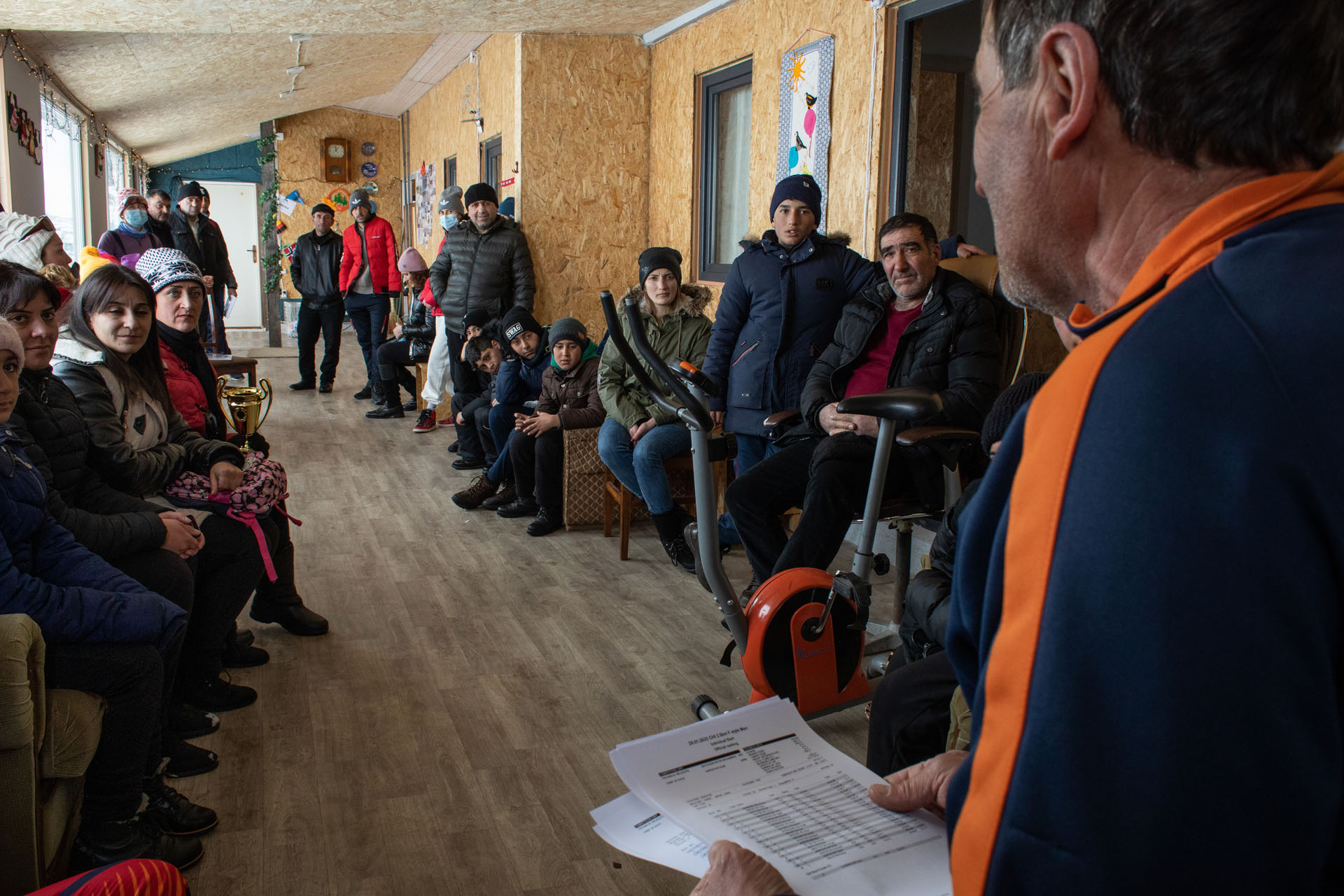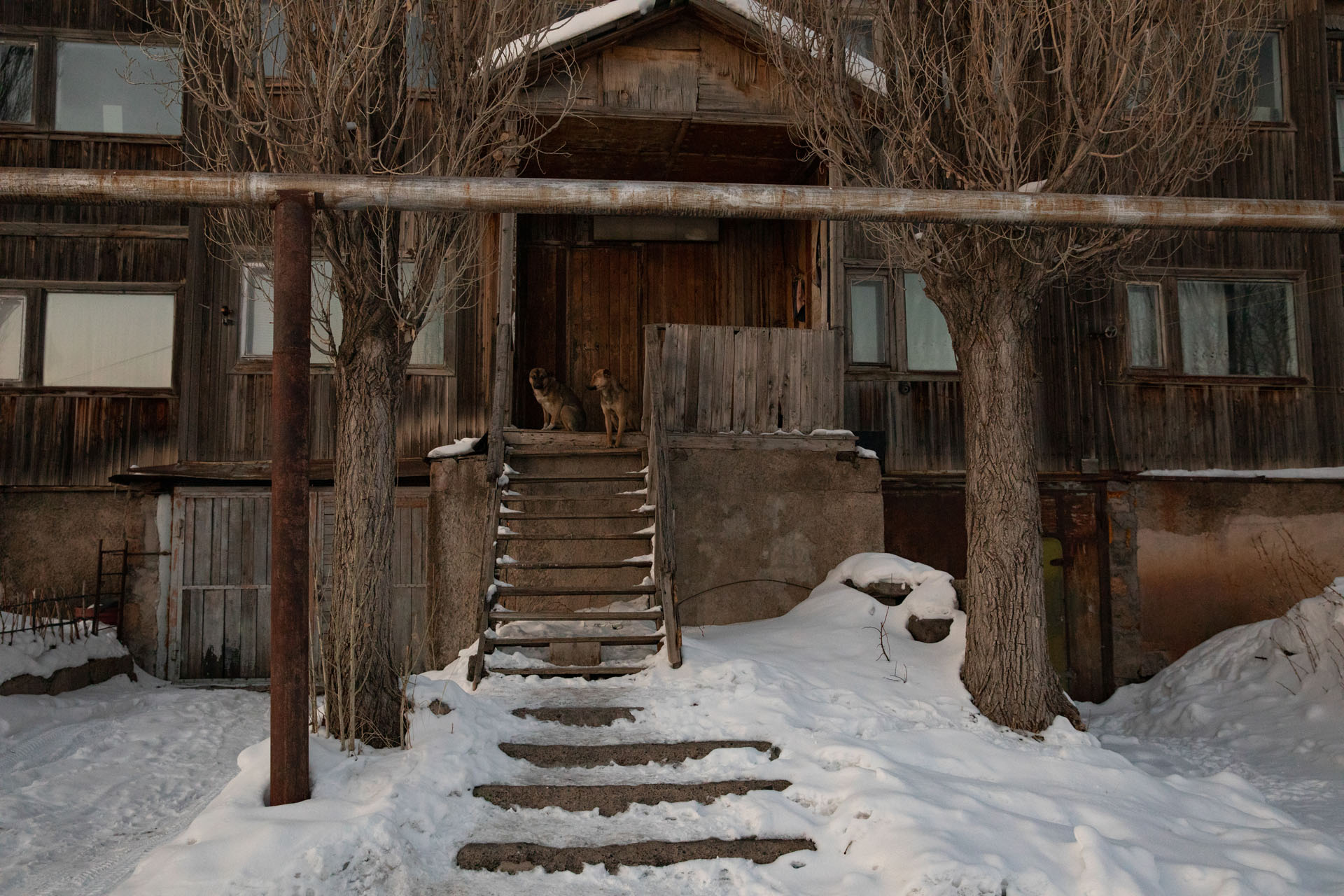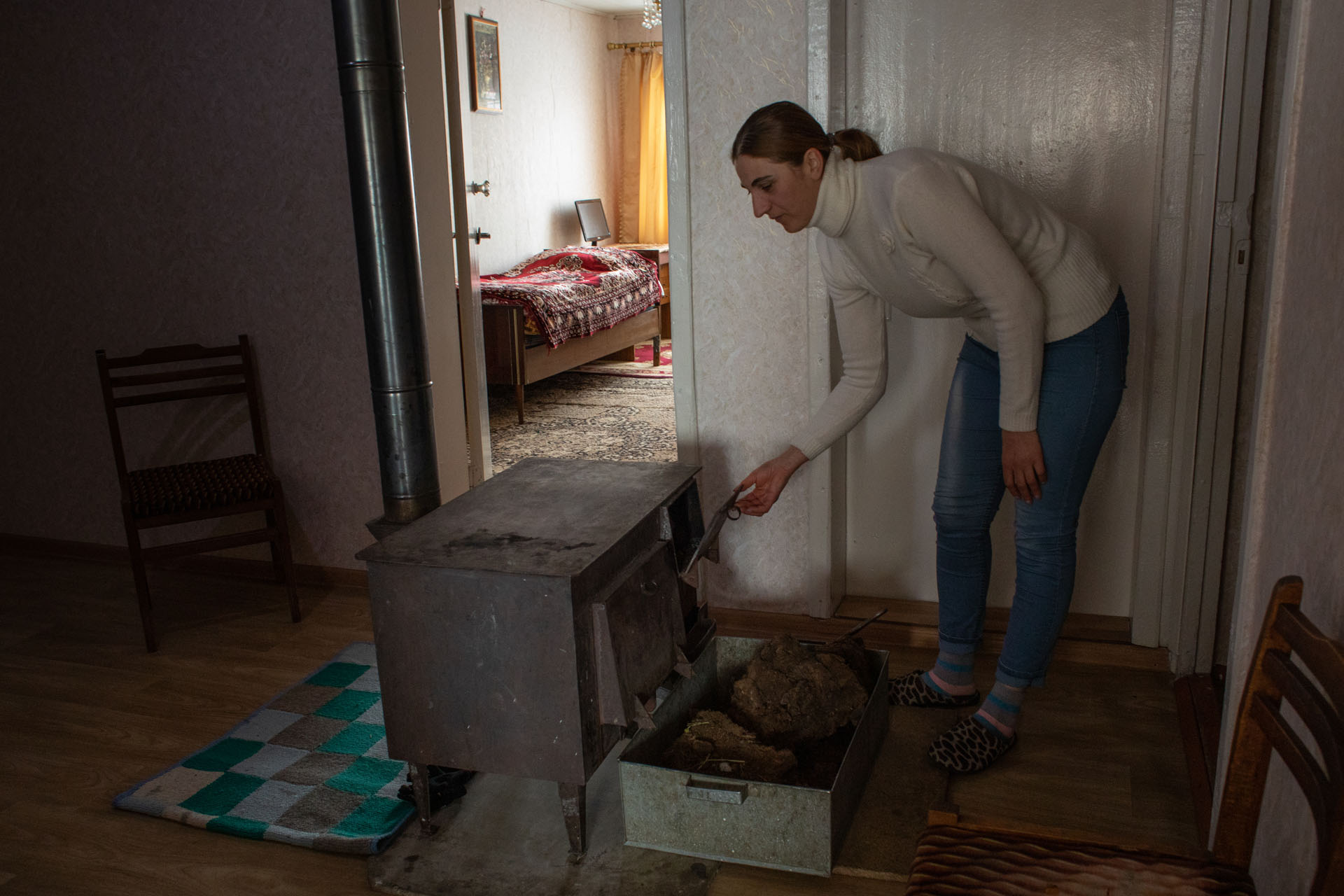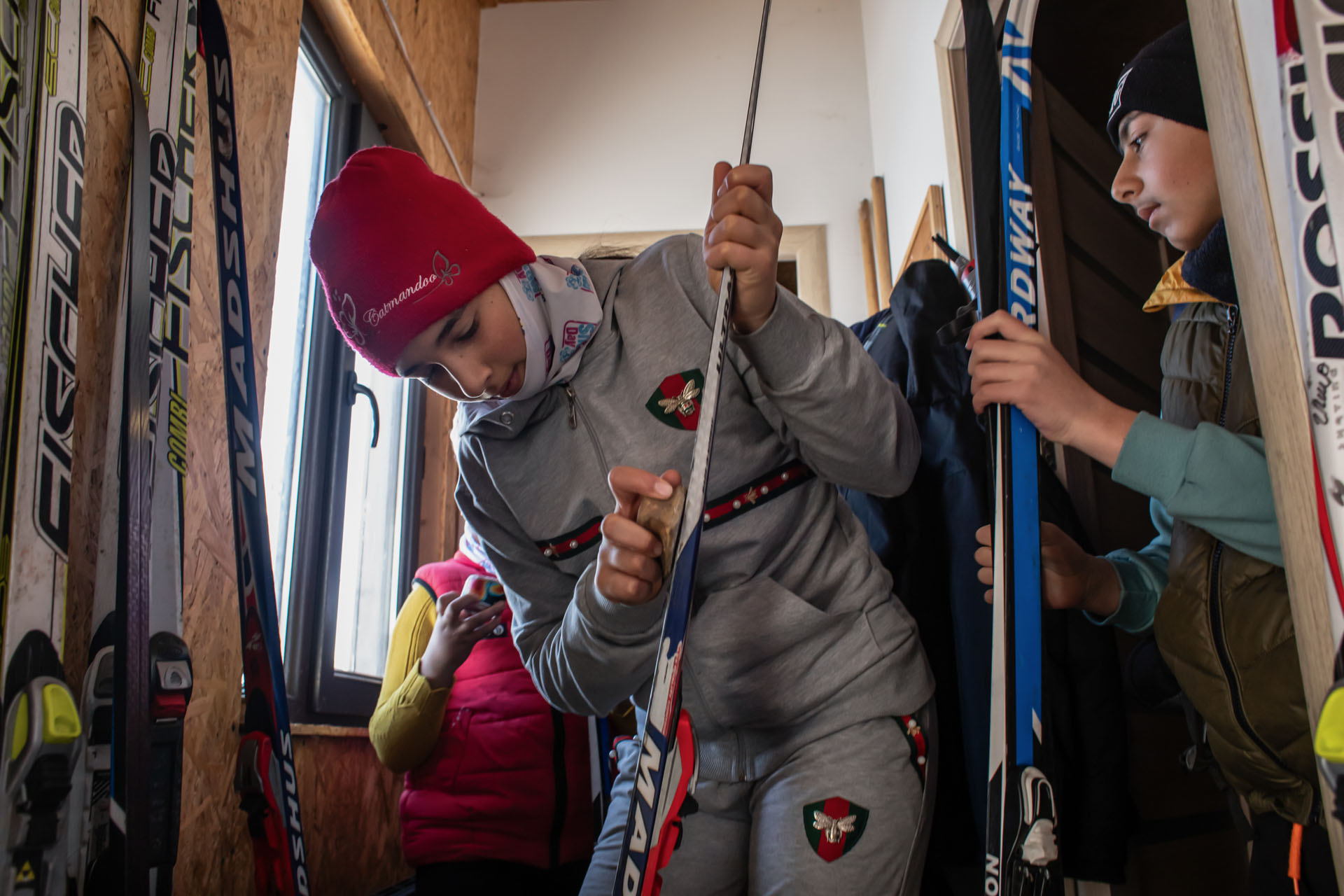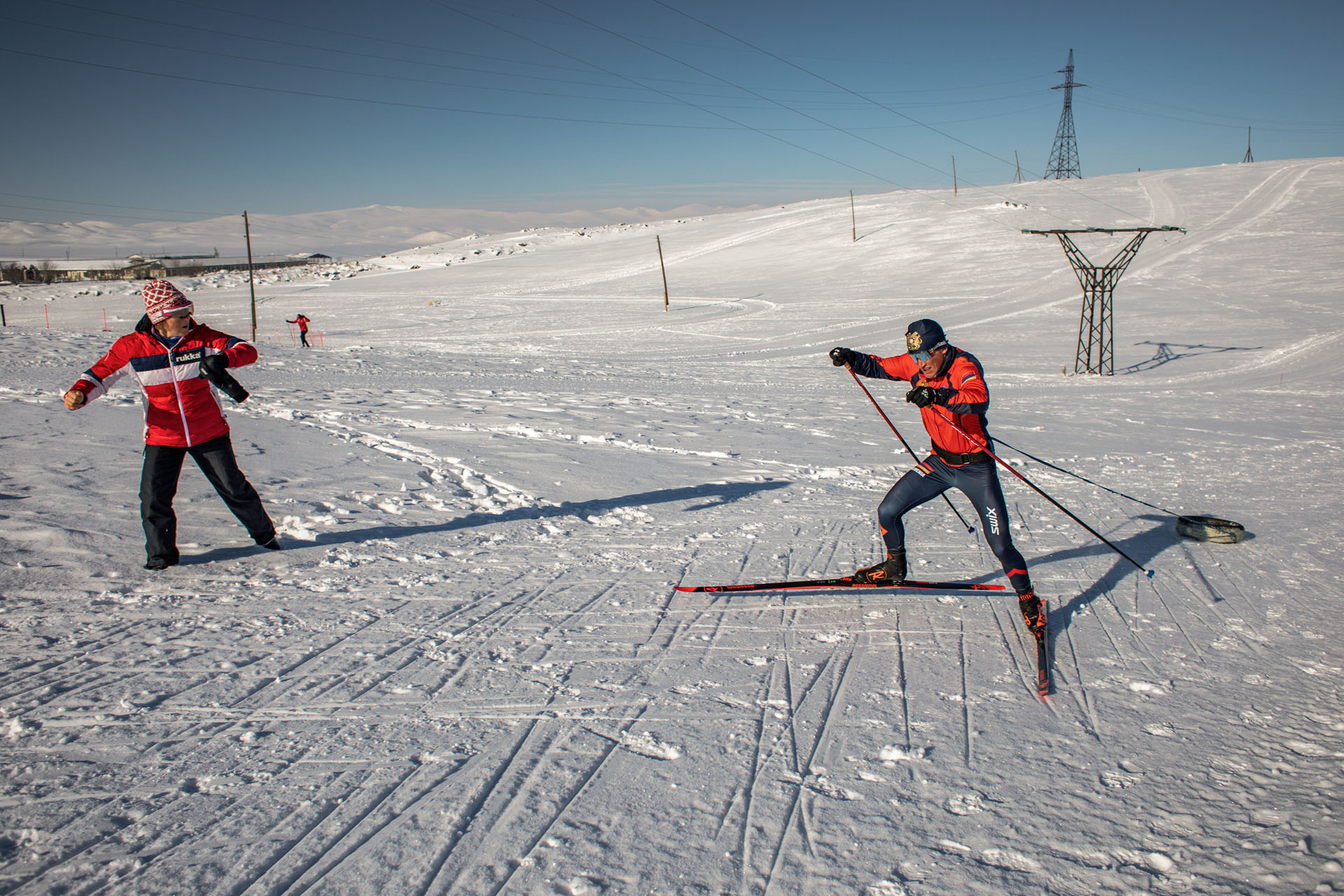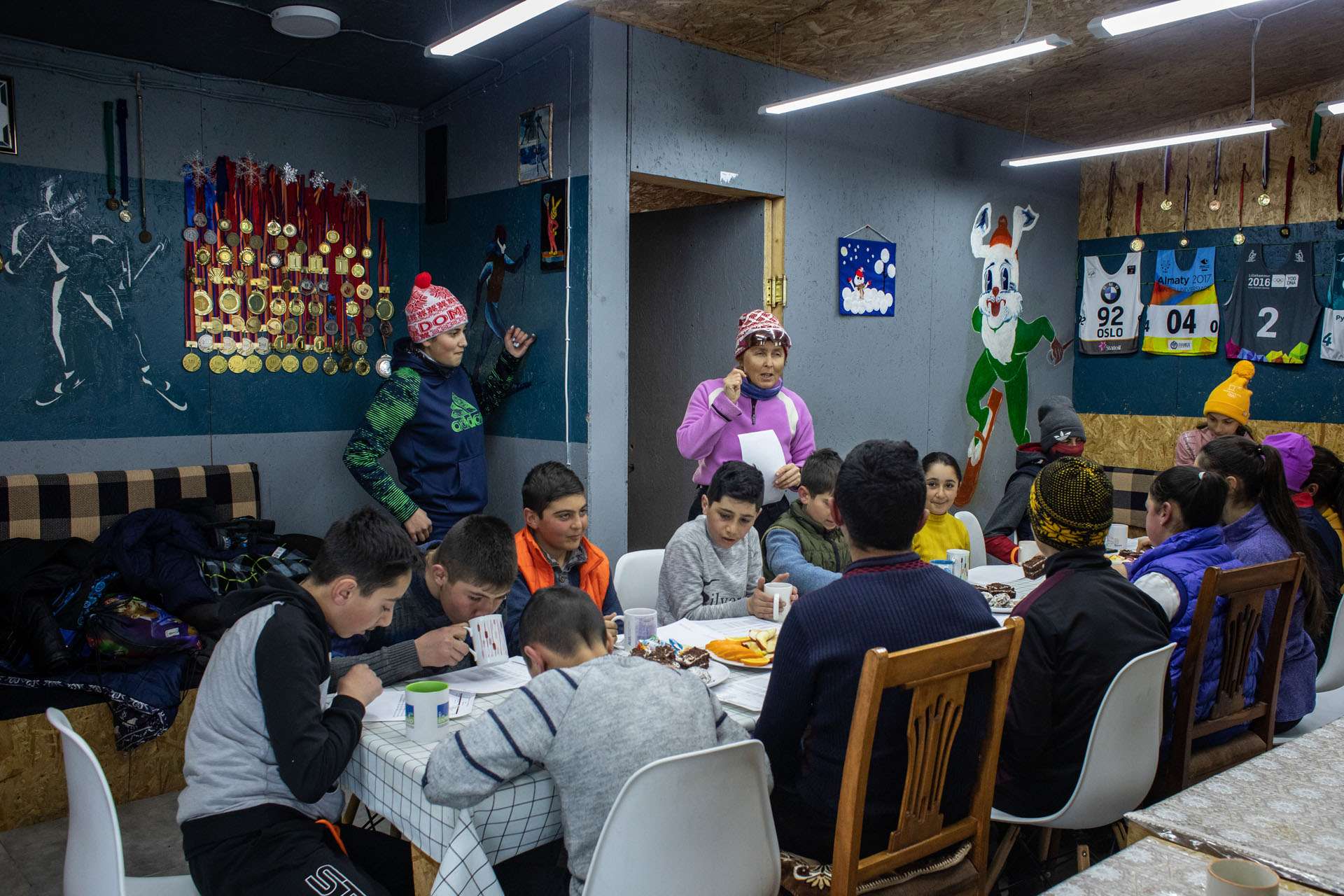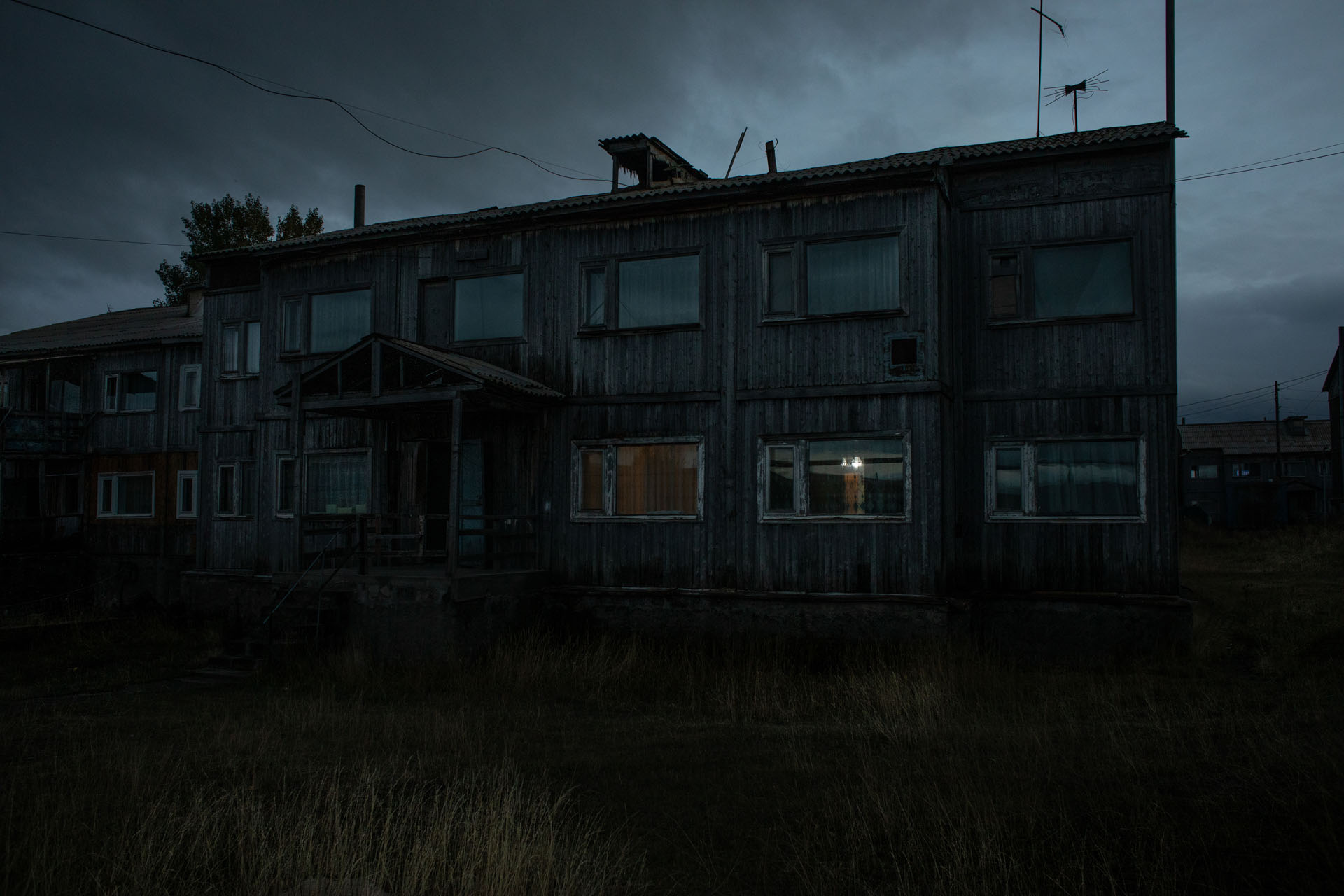On 7 December 1988, a massive earthquake struck northern Soviet Armenia. More than 25,000 people died, and 58 settlements were destroyed. Around 514,000 were left homeless. In the village of Ashotsk, many houses collapsed. Wooden houses were built as temporary shelters for families in need. The Armenian leadership promised stone houses, but over 35 years later, they remain unbuilt. The harsh climate of Ashotsk, often called “Armenia’s Siberia,” is very difficult for these wooden buildings. Constant winds and freezing temperatures gradually wear down the uninsulated homes. Families lack the means to make major repairs or buy new ones.
The hardships of Ashotsk residents go beyond housing. Shirak province is one of Armenia’s poorest regions. With few jobs, families rely on subsistence farming or money sent by relatives working in Armenia or Russia. Geopolitical tensions cast a shadow over daily life not only in the region but across the country. Despite these difficulties, a local couple provides possibilities for the children. Artur Mikayelyan, coach of the Armenian national cross-country skiing team, and his wife, Alla, train local youth in skiing. Working with limited resources, often voluntarily. They offer opportunities for regular physical activity and personal growth. In this challenging environment, sport represents more than just exercise. Through skiing, youth find motivation, a sense of belonging, and resilience that help them cope with their uncertain circumstances and imagine a better future.
